A previously unknown colony of around 9,000 emperor penguins has received its first human visitors.
Scientists from the Belgian Princess Elisabeth Antarctic polar research
base visited the colony on Princess Ragnhild coast after its location
was revealed in a study of satellite images by scientists from the
British Antarctic Survey
The emperor penguin colony on Antarctica’s Princess Ragnhild coast. The colony of emperor penguins was first discovered in satellite imagery in 2009.
The 2009 paper 'Penguins from space: faecal stains reveal the location of emperor penguin colonies' described the colony's location. However, its existence was unconfirmed until the visit from the Princess Elisabeth Antarctica team.
Three experts from Belgium's Princess Elisabeth Antarctica polar research station have now become the first people to visit and photograph the colony
Emperor penguin populations are a useful climate change indicator due to the birds' reliance on sea ice
The team had been supporting the work of glaciologists carrying out scientific research on the Derwael ice rise, 50km from the colony. Emperor penguins are the least common Antarctic penguin, with an estimated 200,000 breeding pairs
By studying the images, the scientists discovered that guano stains were reliable indicators of the birds' presence. 'We can't see actual penguins on the satellite maps because the resolution isn't good enough. But during the breeding season the birds stay at a colony for eight months. The ice gets pretty dirty and it's the guano stains that we can see,' said BAS mapping expert, Peter Fretwell
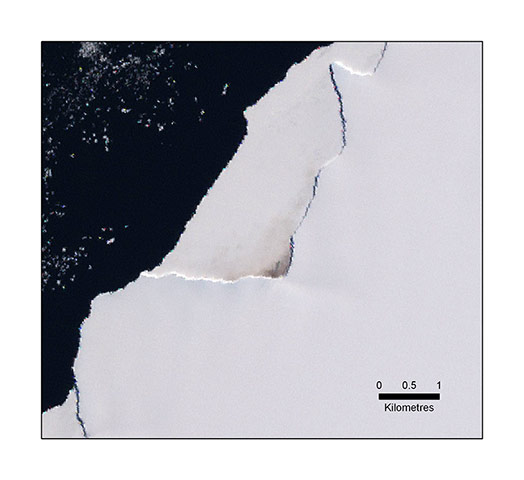
A satellite image showing guano stains in Halley Bay, Antarctica
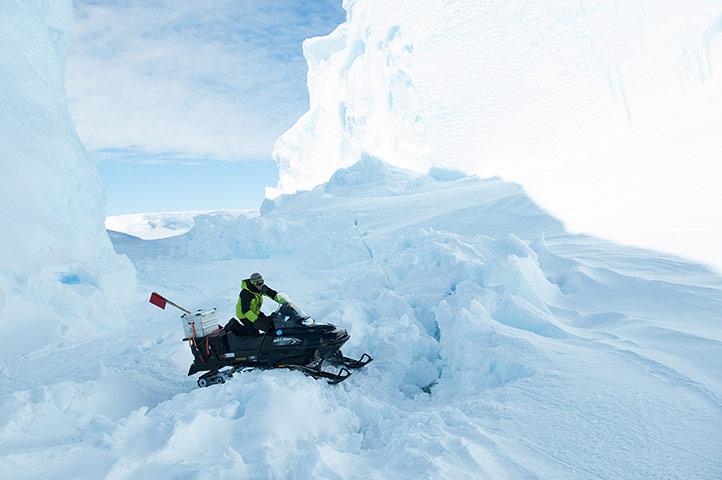 Raphael Richard, field guide, negotiates
difficult ice conditions to reach the Antarctic coast. The field team
has journeyed from Princess Elisabeth Antarctica, for the IceCon and
Be:Wise projects, both of which are investigating the movement of
Antarctica's ice cap
Raphael Richard, field guide, negotiates
difficult ice conditions to reach the Antarctic coast. The field team
has journeyed from Princess Elisabeth Antarctica, for the IceCon and
Be:Wise projects, both of which are investigating the movement of
Antarctica's ice cap
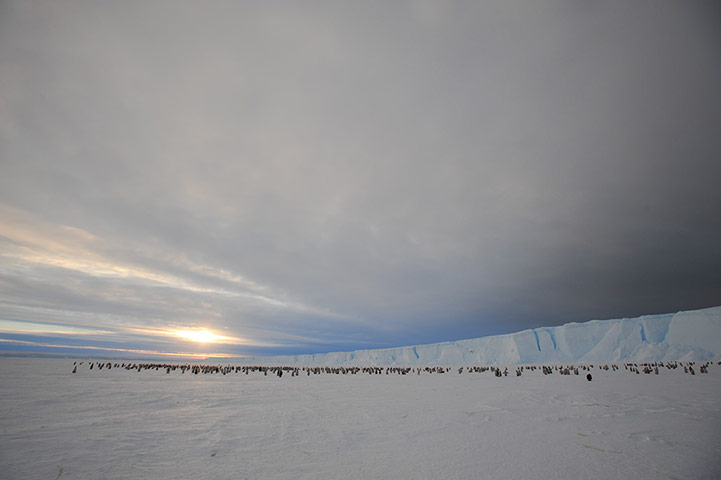

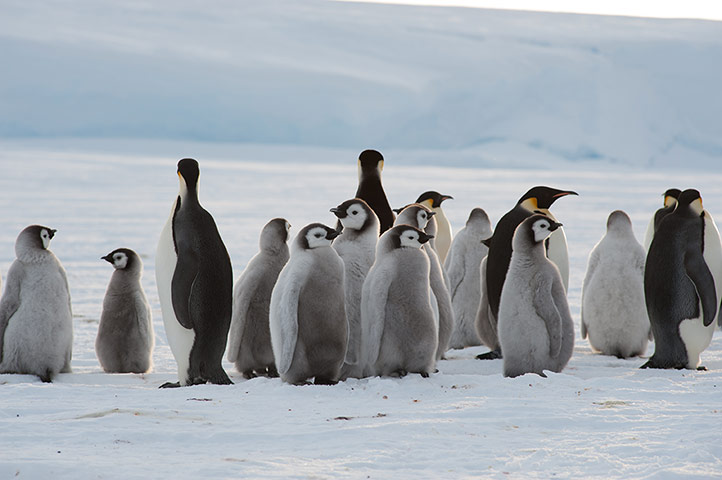
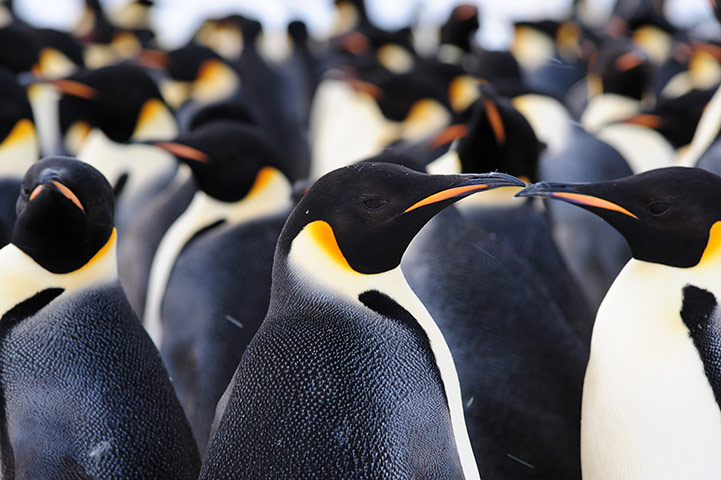
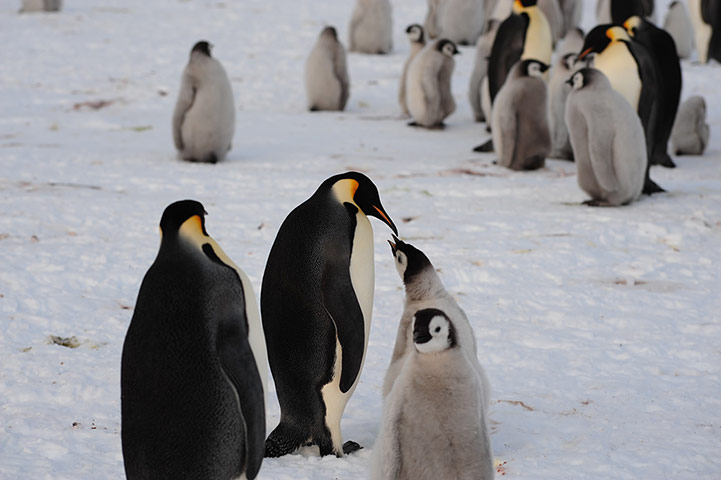
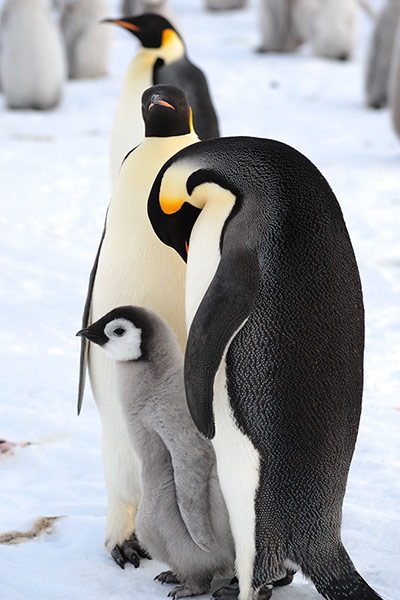
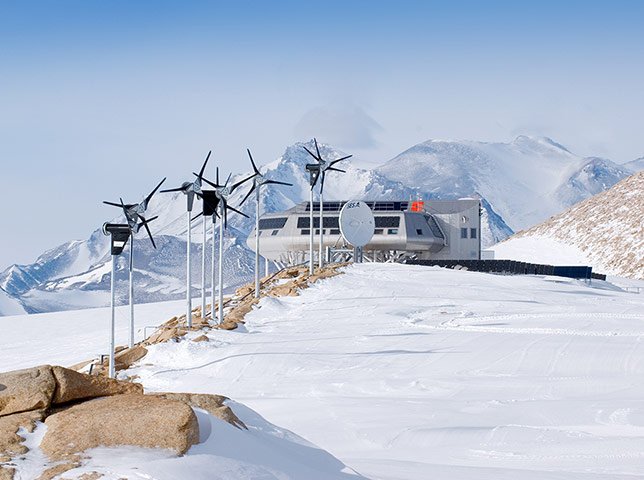

















No comments:
Post a Comment